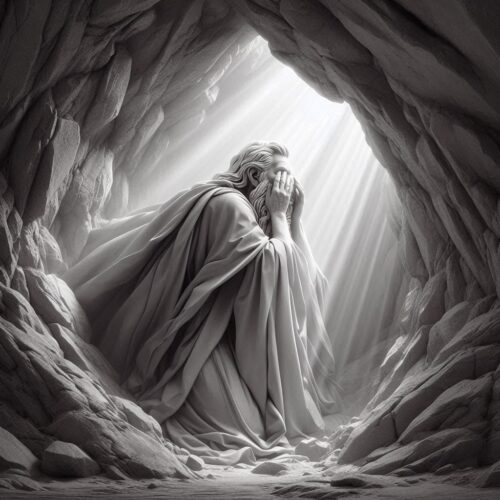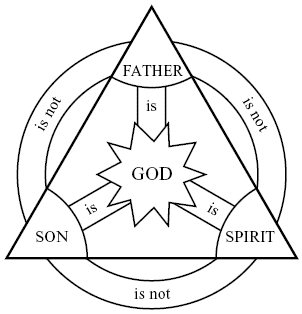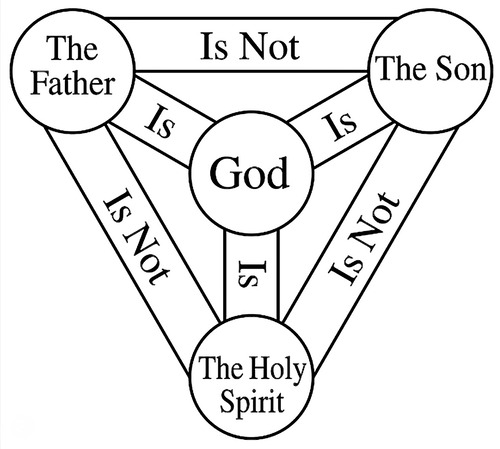Exodus 33:23 Explained: Why Moses Saw Only God’s Back
Moses’s encounter with God’s glory in Exodus 33-34 is one of the Old Testament’s crucial accounts of a theophany—a visible manifestation of God. Moses makes an audacious request: he asks to see God’s glory. God agrees to show Himself to Moses, but with a crucial limitation: Moses can only see His back, not His face. This mysterious moment, tucked away in the story of Israel’s wilderness journey, reveals profound truths about who God is and how He relates to His people.
The passage helps us understand why we can know God truly, even though we can’t know Him fully.
THE CONTEXT: MOSES REQUESTS TO SEE GOD’S GLORY
Moses’s request to see God’s glory comes at a crucial juncture in Israel’s history. Following the catastrophic idolatry of the golden calf incident, Moses intercedes for the people, seeking assurance of God’s continued presence with Israel. The context is vital—Moses stands as mediator between God and a rebellious people, yet enjoys an unprecedented intimacy with God, speaking with Him “face to face, as a man speaks with his friend” (Exodus 33:11).
This access to God emboldens Moses to make his extraordinary request: “Show me your glory” (Exodus 33:18). The request emerges not so much from mere curiosity, perhaps, as from a deep pastoral concern for Israel’s future and a personal desire for greater intimacy with God. The timing is significant, as it follows God’s renewal of the covenant and promise to remain with His people.
WHY MOSES SAW ONLY GOD’S BACK: ANALYSING THE HEBREW TERMS
The key terms in the passage (Exodus 33:18-23) merit careful examination in Hebrew:
- Kavod and Panim: When Moses requests to see God’s glory (kavod; v18), God’s response is gracious, yet restrictive. The Hebrew terms used are significant. Moses is told he cannot see God’s “face” (panim; v20)—which, we read, no man can see and live.
- Achor: However, Moses is told he’d be placed in the cleft of a rock, with his eyes covered until God passes by. He would be permitted to see only God’s “back” (achor) which Moses will be permitted to glimpse.
The word achor typically refers to the back or behind. But in this context, it suggests rather the aftermath or traces of God’s presence. In other words, Moses is told he’d get to see what remains after God has passed by. This ties closely to God’s proclamation of His name and attributes (Exodus 34:6-7). In other words, for Moses, seeing God’s “back” involved experiencing His revealed character, rather than glimpsing His unmediated essence.
WHEN TRANSCENDENT GOD CHOOSES TO REVEAL HIS GLORY
The Bible emphasises the Creator-creature distinction—finite beings cannot comprehend the infinite God except as He accommodates Himself to our limitations. The theophany in Exodus 33-34 perfectly illustrates this principle. God’s refusal to show His face while allowing Moses to see His back demonstrates both His transcendence and gracious condescension.
The concept of divine accommodation, developed by Calvin and other Reformed thinkers, helps us understand this encounter. God adapts His revelation to human capacity without compromising His essential nature. The shielding of Moses with God’s hand and the restriction to seeing only His back emphasise the mediated nature of all divine revelation in this age.
THE THEOPHANY AND ITS IMPLICATIONS
This theophany carries several crucial theological implications.
- We cannot see God in all His essence in our current state: As God declares, “no one may see me and live” (Exodus 33:20). This limitation stems not from divine reluctance but from the ontological gap between Creator and creature, intensified by human sinfulness.
- We can see only God’s gracious self-limitation: Rather than refusing Moses’s request entirely, God provides a mediated revelation suited to Moses’s capacity. This foreshadows the ultimate divine accommodation in the incarnation of Christ, where God reveals Himself while veiling His full glory in human flesh.
The passing by of God’s “back” and the proclamation of His name (Exodus 34:6-7) suggest we know God primarily through His actions in history and His revealed attributes rather than through unmediated glimpses of His essence. This aligns with Reformed emphasis on the sufficiency of Scripture and the importance of God’s works in redemptive history.
WHY MOSES SAW ONLY GOD’S BACK: CONTEMPORARY PERSPECTIVES
Reformed theology continues to see deep meaning in the story of Moses seeing God’s back:
- The story foreshadows Jesus. Just as Moses could only handle seeing God’s glory in a limited way, we need Jesus to show us God in ways we can understand. Jesus is like God’s perfect “translation” of Himself for human beings—showing us God’s glory while shielding us from what would overwhelm us.
- The story explains how we know God. Think of it like this: we can’t look directly at the sun without going blind, but we can know the sun by its light and warmth. Similarly, while we can’t see God’s full glory directly, we can know Him truly through His Word, His actions in history, and especially through Jesus.
The Reformed Confessions (documents that summarise what Reformed churches believe) affirm what the story shows us: that God is far beyond our full understanding—we can’t fully grasp His nature. Yet we joyfully affirm we know Him truly and personally through ways He has chosen to reveal Himself to us.
CONCLUSION: WHY MOSES SAW ONLY GOD’S BACK
The account of Moses seeing God’s back remains a pivotal text for understanding divine revelation. It teaches us that while God cannot be fully comprehended, He can be truly known through His self-revelation. This finds its ultimate fulfillment in Christ, “the image of the invisible God” (Colossians 1:15), who makes the Father known.
The episode points forward to our eschatological hope, where “we shall see him as he is” (1 John 3:2). Until then, we, like Moses, see only God’s “back”—knowing Him through His Word, His works, and supremely through Christ, while awaiting the full revelation of His glory in the age to come.
WHY MOSES SAW ONLY GOD’S BACK—RELATED FAQs
Why aren’t we permitted theophanies (visible appearances of God) today? The Reformed understanding is that theophanies served a specific redemptive-historical purpose, pointing forward to and finding their fulfillment in Christ, “the image of the invisible God” (Colossians 1:15). Since Christ has come, we no longer need these temporary manifestations—we have something better in the complete revelation of God in Christ and Scripture. As the book of Hebrews emphasizes, God has now spoken finally and fully through His Son (Hebrews 1:1-2).
Did Moses literally see part of God’s physical form? Reformed theology emphasises God is spirit and does not have a physical body (Westminster Confession 2.1). The language of God’s “back” is an accommodation to human understanding—God appearing in a way Moses could comprehend without being overwhelmed by divine glory. This manifestation was real but shouldn’t be understood as revealing God’s actual physical form, since He doesn’t have one.
How does Moses seeing God’s “back” relate to seeing Jesus? Christ is the ultimate revelation of God’s glory, but in a form we can survive encountering—deity clothed in humanity. Just as Moses could only handle seeing God’s “back,” we see God’s glory in the “face of Jesus Christ” (2 Corinthians 4:6). The incarnation is God’s perfect accommodation to human limitation, revealing divine glory while shielding us from its overwhelming fullness.
Will we ever see God face to face? Scripture promises in glory, we will see God “face to face” (1 Corinthians 13:12) and “see him as he is” (1 John 3:2). This doesn’t mean we’ll exhaustively comprehend God’s essence, but rather that in our glorified state, we’ll have an immediate and unmediated vision of God that our current fallen nature cannot sustain. This beatific vision will be our highest joy and eternal delight.
How does the Reformed view of this passage differ from other traditions? Reformed theology distinctively emphasises divine accommodation—God stooping to reveal Himself in ways suited to human capacity. While other traditions focus on the mystical aspects of Moses’s experience, Reformed thought stresses how the event demonstrates both God’s transcendence and His gracious self-revelation through means we can grasp. This aligns with the Bible’s emphasis on the Creator-creature distinction.
What’s the relationship between seeing God’s glory and His moral attributes? When God shows His “back” to Moses, He primarily reveals His moral attributes—proclaiming His name as “merciful and gracious, slow to anger” (Exodus 34:6-7). This suggests truly seeing God’s glory isn’t about visual splendour, but rather, about understanding His character. Reformed theology emphasises knowing God means knowing His attributes as revealed in His Word.
Can we experience God’s presence today like Moses did? While we don’t experience physical theophanies today, Reformed theology affirms we have something better—the indwelling Holy Spirit and the complete revelation of Scripture. Through these means, we can know God more fully than even Moses did, as we see the fulfillment of what he only saw in shadows. Our experience is mediated through Word and Spirit rather than through physical manifestations.
WHY MOSES SAW ONLY GOD’S BACK—OUR RELATED POSTS
Editor's Pick

Paul’s Mandate for Men: Headship Or Servant Leadership? Or Both?
Modern Christianity has fallen into a trap. We've created an either/or battle between "headship" and "servant leadership," as if these [...]

Should We Stop Using Male Pronouns for God? Why Do We Say No?
A friend of ours arrived eagerly at his first theology class in seminary. But he quickly discovered something troubling: the [...]
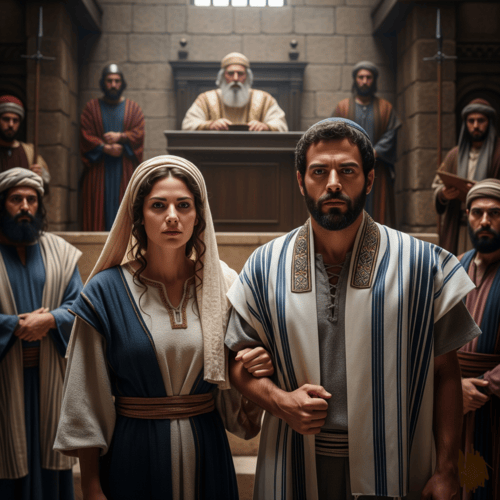
Did Old Testament Law Force Women to Marry their Rapists?
**Editor’s Note: This post is part of our series, ‘Satan’s Lies: Common Deceptions in the Church Today’… Viral misinformation abounds [...]

From Danvers To Nashville: Two Statements, One Biblical Vision
30 years separate the Danvers Statement on Biblical Manhood and Womanhood (1987) and the Nashville Statement on Human Sexuality (2017). [...]

The Nashville Statement: Why Affirm It Despite Media Backlash?
WHY DO REFORMED CHRISTIANS STAND BY THIS STATEMENT ON MARRIAGE AND GENDER? When the Nashville Statement was released in 2017, [...]

Who Is Belial? Solving The 2 Corinthians 6:15 Mystery
Belial: This name from the pages of Scripture chills the soul. Who is this mysterious figure Paul invokes in 2 [...]
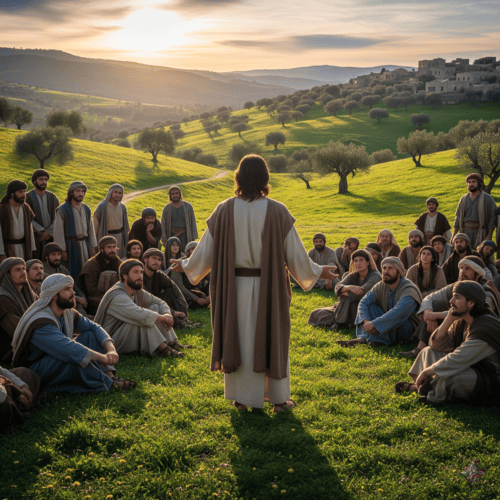
Celibacy Or Castration: What Jesus Really Means in Matthew 19:12
One of Scripture's most shocking misinterpretations led theologian Origen to castrate himself in the third century. His tragic mistake? Taking [...]

Philippians 4:13: Did Paul Really Mean We Can Do ALL Things?
"I can do all things through Christ who strengthens me." It's on gym walls, graduation cards, and motivational posters everywhere. [...]
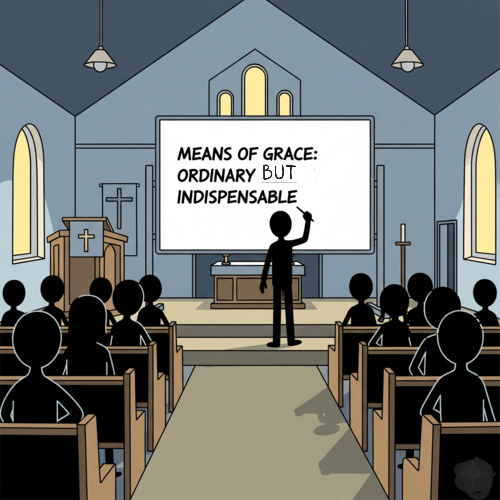
The Ordinary Means of Grace: Why Are They Indispensable?
ORDINARY MEANS FOR EXTRAORDINARY TRANSFORMATION What if God's most powerful work in believers' lives happens through the most ordinary activities? [...]

Is the Bible God’s Word? Or Does It Only Contain God’s Word?
The authority of Scripture stands at the crossroads of modern Christianity. While some argue the Bible merely contains God’s Word [...]
SUPPORT US:
Feel the Holy Spirit's gentle nudge to partner with us?
Donate Online:
Account Name: TRUTHS TO DIE FOR FOUNDATION
Account Number: 10243565459
Bank IFSC: IDFB0043391
Bank Name: IDFC FIRST BANK


